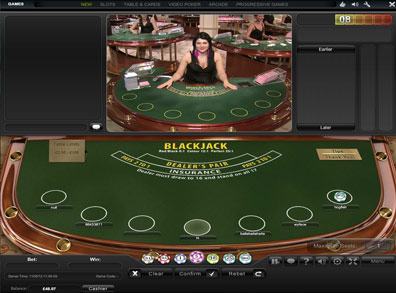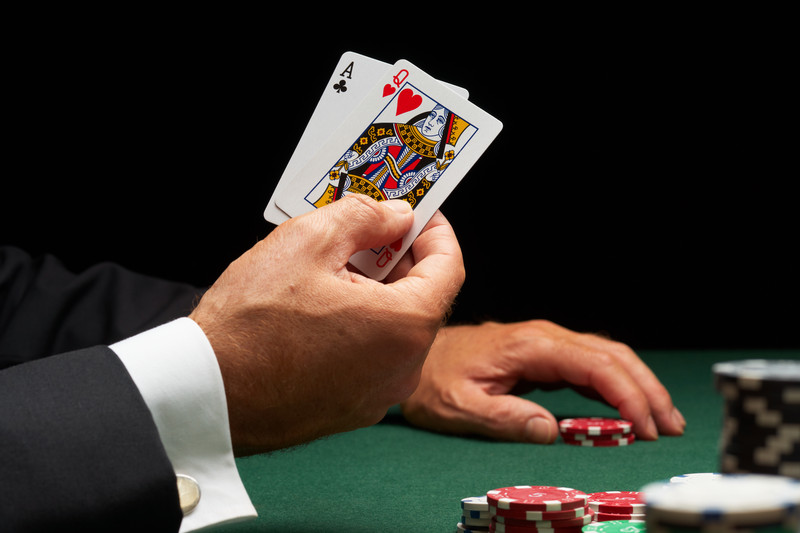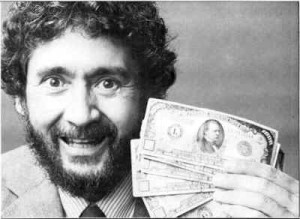Any reasonably experienced poker player will be familiar with the concept of ‘tells’. Many players are prone to giving out little ‘clues’ when they get a particularly good or bad hand. This could be as simple as a faint smirk or frown. Older hands will try to keep their emotions in check, but many still offer unconscious hints – scratching their ear or blinking when they get a strong deal, for instance.
 By watching the other players for long periods, you can often start to decipher their body language and facial ticks, and picking up on the tiniest of hints could be the difference between winning and losing. That’s all very well if you’re a poker player. But what if your poison is blackjack? You’re not up against the other players, so where are the tells going to come from? Well, many players (such as Steve Forte, writer of the highly influential ‘Read the Dealer’) believe that the dealers themselves can give the game away. By getting to know one dealer particularly well, you may be able to spot apparently hidden signals that may tip you off when they have a particularly strong or weak hand. Obviously, dealers are professionals, and will be trained not to betray emotion. However, many will still exhibit signs at key points, particularly if they’re inexperienced or tired.
By watching the other players for long periods, you can often start to decipher their body language and facial ticks, and picking up on the tiniest of hints could be the difference between winning and losing. That’s all very well if you’re a poker player. But what if your poison is blackjack? You’re not up against the other players, so where are the tells going to come from? Well, many players (such as Steve Forte, writer of the highly influential ‘Read the Dealer’) believe that the dealers themselves can give the game away. By getting to know one dealer particularly well, you may be able to spot apparently hidden signals that may tip you off when they have a particularly strong or weak hand. Obviously, dealers are professionals, and will be trained not to betray emotion. However, many will still exhibit signs at key points, particularly if they’re inexperienced or tired.
Also, because blackjack dealers aren’t putting their own money at risk, they may not be as careful when it comes to hiding their inner thoughts – poker players, on the other hand, know that their fellow players will be scrutinising everybody else for tells, and so do their very best not to let the others extrac any clues.
Peeking at the Hole Card
The best time to get tells come at those moments when dealers take a peek at their hole card. They’ll try to do this without showing any reaction. However, many dealers will still reveal a flicker of emotion if they get a particularly good card. Alternatively, they may turn their face away from the table if they feel they can’t trust themselves not to give off a ‘tell’ – this is often a pretty big tell in itself, and is particularly common when the dealers are relatively new.
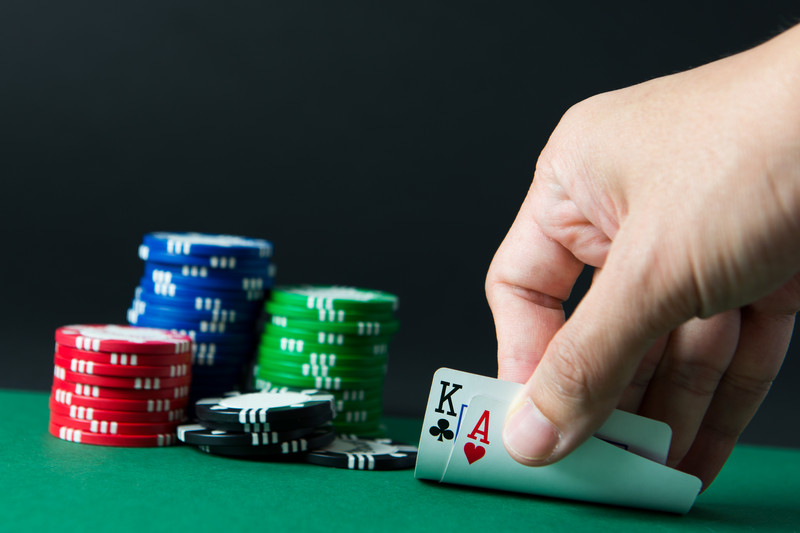 Far more pertinent, though, is the amount of time it takes for a dealer to actually register the value of the hole card. Some cards are very fast to read, while others take much longer to work out. In the latter cases, the dealer will have to bend over further in order to be sure of the card value. (You can probably experiment with this at home.)
Far more pertinent, though, is the amount of time it takes for a dealer to actually register the value of the hole card. Some cards are very fast to read, while others take much longer to work out. In the latter cases, the dealer will have to bend over further in order to be sure of the card value. (You can probably experiment with this at home.)
Typically, higher cards are easy to see, and those with a value between 7 and 10 will generally require no more than a quick glimpse. Picture cards are even faster to fathom, as the dealer only needs to catch sight of the ornate decoration to know that the card is going to be worth 10 – regardless of whether it’s a jack, a queen, or a king.
Lower cards, though, particularly those going from 2 to 6, will require more of an effort, and you should expect the dealer to linger slightly longer on such hole cards. The 4 is particularly difficult to make out, and at first glance is easy to confuse with an ace. Typically, the dealer will spend the longest time of all looking at the 4.
Focus not only on the length of time the dealer takes to look at the hole card, but also the extent to which they fold back the card. That difficult-to-read 4, for instance, will probably be folded back considerably more than a straightforward picture card. By combining time and folding height, you can often get some useful clues as to whether the card is high or low.
It’s worth noting that many modern casinos use techniques to foil tells like these, and major houses will frequently employ electronic systems that eradicate the need for the dealer to peek at the hole card. Smaller establishments, though, tend to lack such sophisticated aids.
Know Your Dealer
Whether you’re trying to determine the value of the hole card, or are looking for more general signs, it’s crucial that you know your dealer well. Some dealers will remain inscrutable unto the end. Others, though, will regularly send out exaggerated movements and hints that make them easy to decode. You definitely want to be concentrating on dealers that fall into the second category, and staying away from those who fall into the first. You can only get to know these habits by watching the dealers for long periods. Also, bear in mind whether the dealer seems to have been working the tables for a long period – the more tired the dealer, the less likely they are to be keeping their guard up.
Consistency is key. But you also need to allow for the fact that some dealers will react differently according to the player they’re facing. Some male dealers, for instance, will be more likely to let clues drop (whether consciously or not) when the player is female. Even if you don’t get the same treatment, you can still benefit from this by positioning yourself to the left of the favoured player, and looking for any hints the dealer is feeding to them. You can then make your play armed with extra information. Indeed, if you’re relying on tells, it’s often a good idea to sit so that you have to make your play last of all. This way, you can watch the dealer as they interact with the other players, looking for clues that the dealer has less or more confidence about their hand than normal.

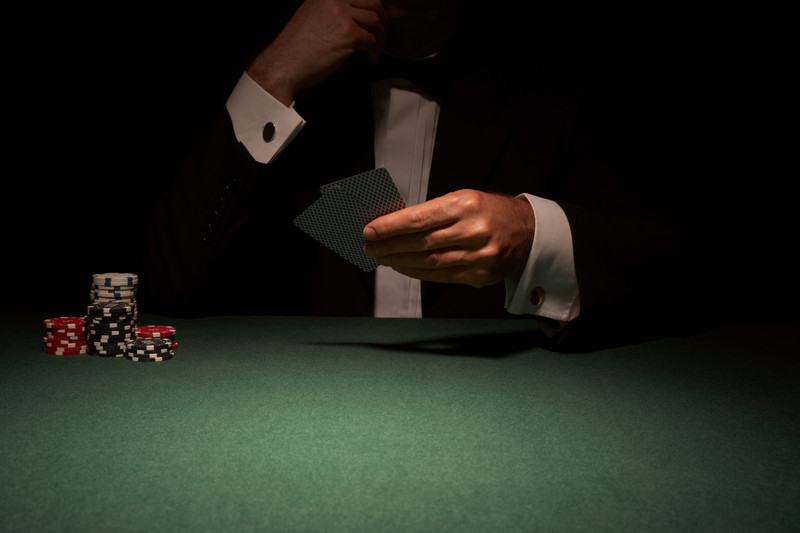
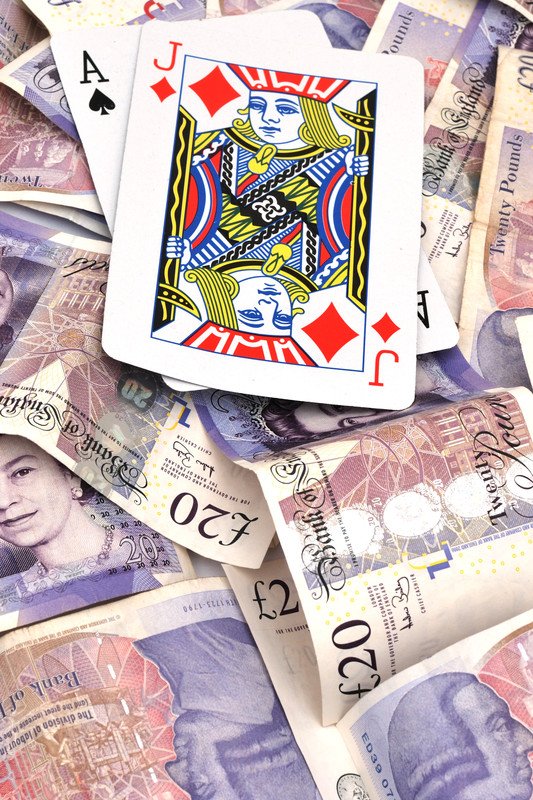 3. So what is correct strategy? Your actions should be decided partly on what the dealer has. If they draw a lower card (6 and below), there’s a much higher chance that they’ll go bust trying to get to 17. The 5 is the most dangerous card from the dealer’s point of view, as there’s a 43% chance they’ll go bust if they start by drawing this card, and a 42% chance in the case of the 6. These figures fall to 35%, 38% and 40% for the 2, 3 and 4 respectively. If the dealer has a 6 or lower, you can stand on a relatively modest hand of 12 or 13, as there’s a good chance of the dealer going bust.
3. So what is correct strategy? Your actions should be decided partly on what the dealer has. If they draw a lower card (6 and below), there’s a much higher chance that they’ll go bust trying to get to 17. The 5 is the most dangerous card from the dealer’s point of view, as there’s a 43% chance they’ll go bust if they start by drawing this card, and a 42% chance in the case of the 6. These figures fall to 35%, 38% and 40% for the 2, 3 and 4 respectively. If the dealer has a 6 or lower, you can stand on a relatively modest hand of 12 or 13, as there’s a good chance of the dealer going bust.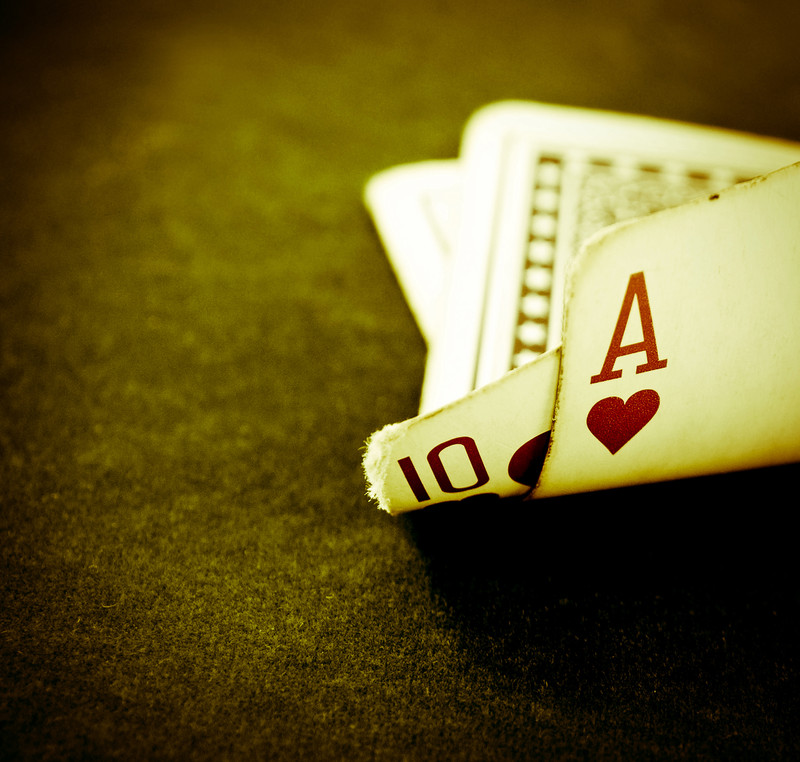 13. In many respects, the house has a significant advantage. But perhaps the most crucial element in reducing that edge is the bonuses given to players when they draw blackjacks. When a player turns up a blackjack (two opening cards worth 21 collectively), they should be rewarded with a 3:2 payout. This is a crucial component of the low house edge. Some casinos, though, will try and get away with offering a payout of just 6:5, or even 1:1.. Limiting these payouts can result in the house edge going up by 1.4-2.3%. The blackjack bonus is your chance to hit back, so don’t play at any table that offers a payout of less than 3:2.
13. In many respects, the house has a significant advantage. But perhaps the most crucial element in reducing that edge is the bonuses given to players when they draw blackjacks. When a player turns up a blackjack (two opening cards worth 21 collectively), they should be rewarded with a 3:2 payout. This is a crucial component of the low house edge. Some casinos, though, will try and get away with offering a payout of just 6:5, or even 1:1.. Limiting these payouts can result in the house edge going up by 1.4-2.3%. The blackjack bonus is your chance to hit back, so don’t play at any table that offers a payout of less than 3:2.